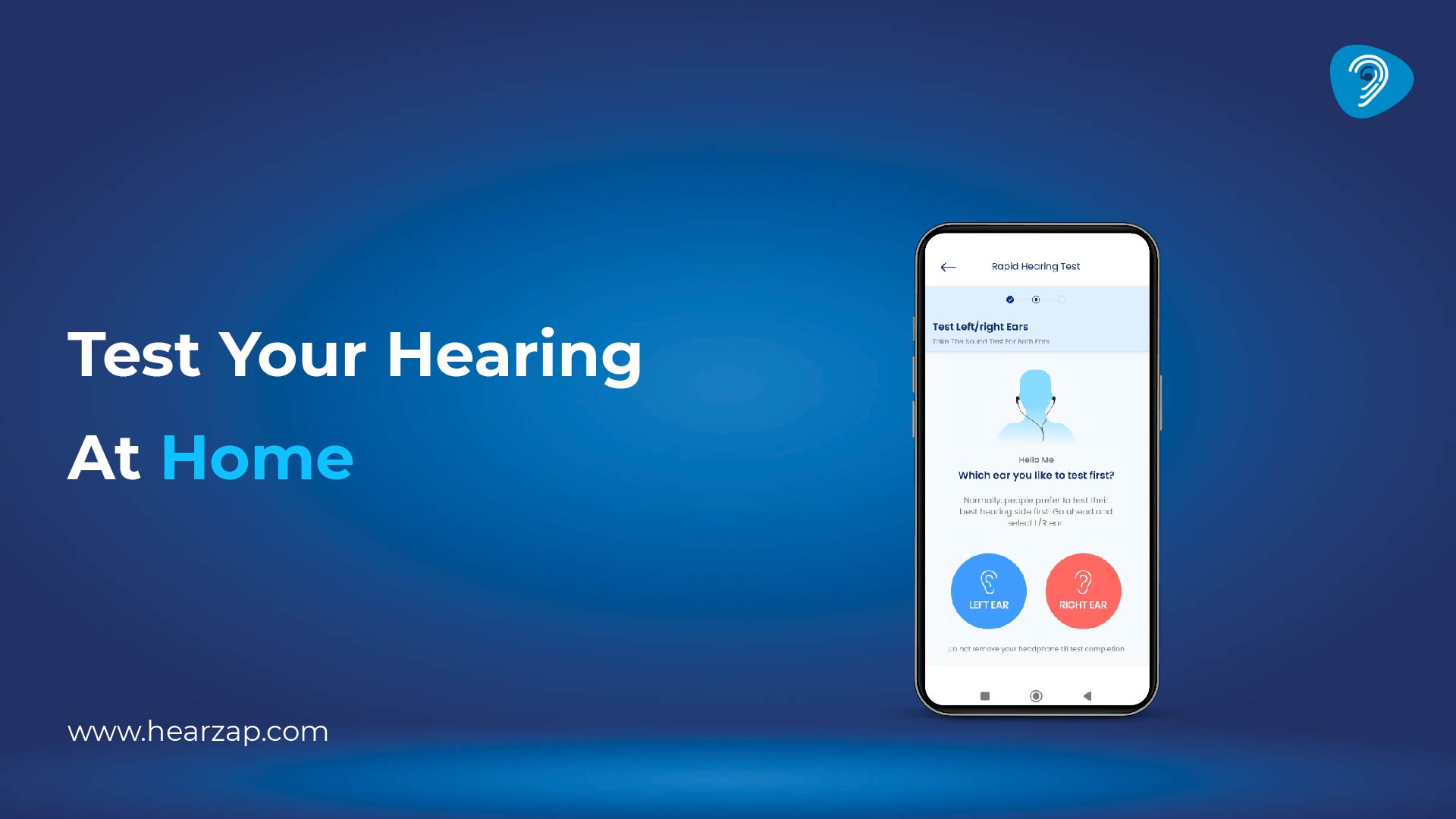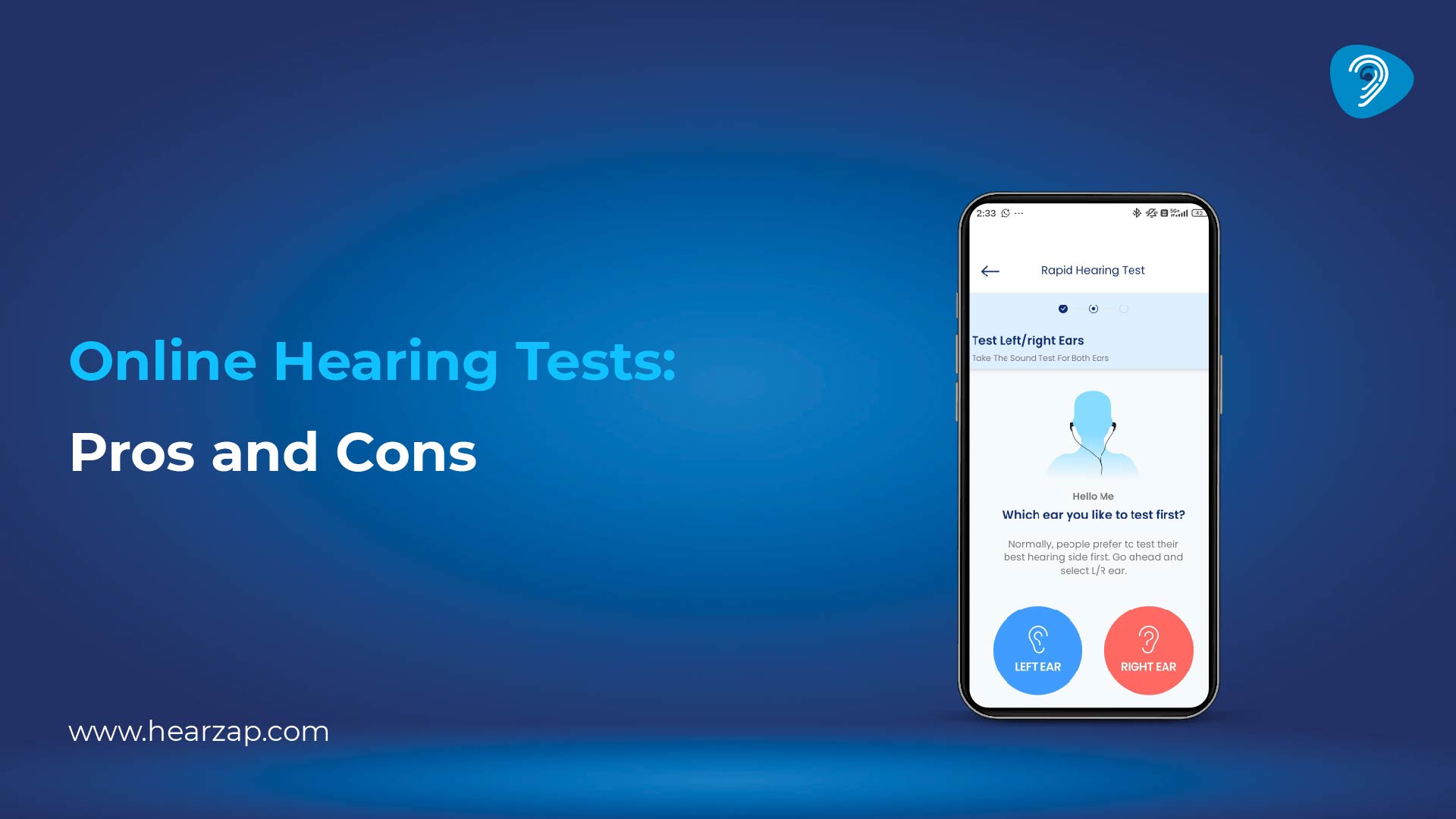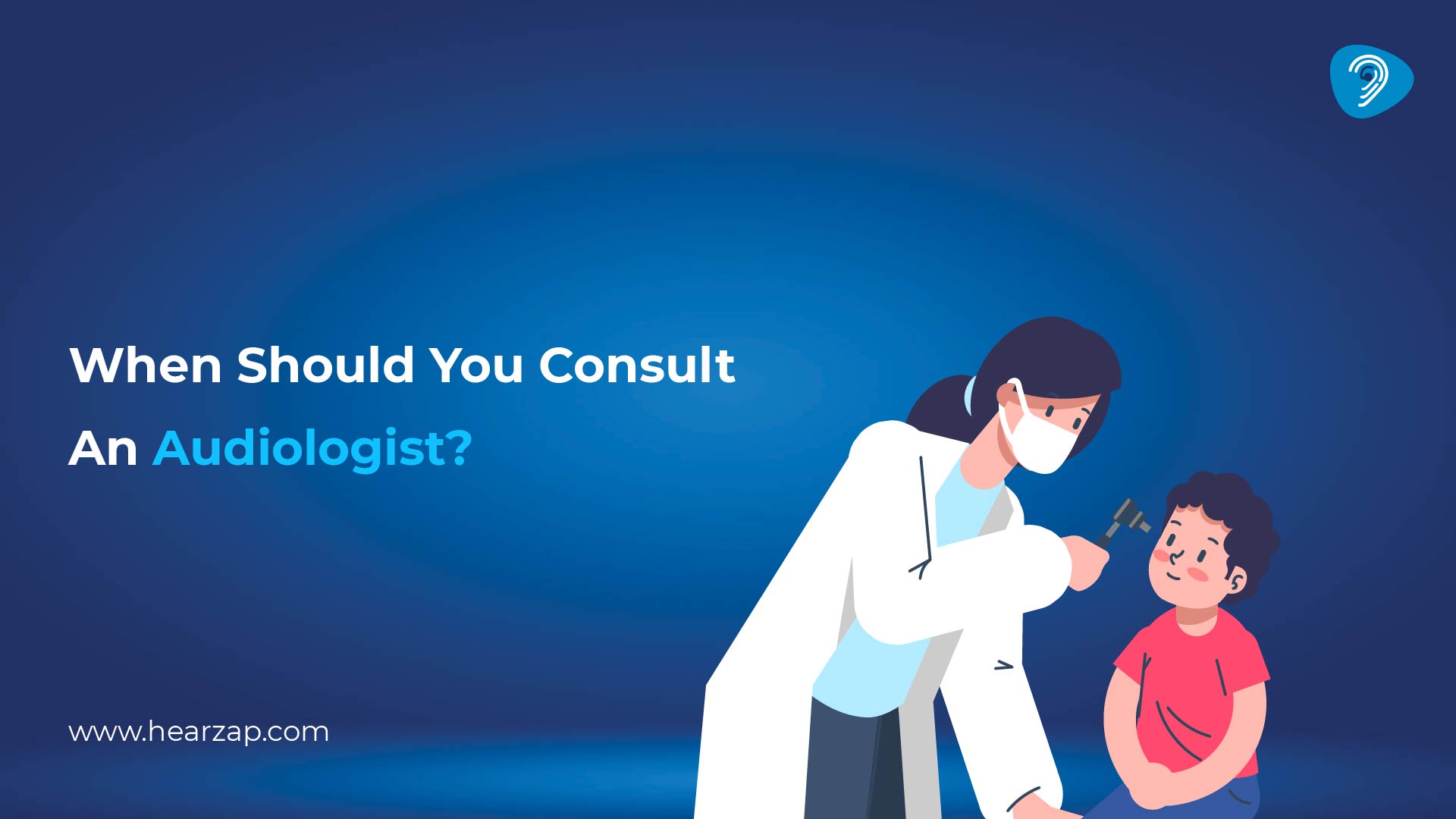HEARING TEST
How to Test Baby Hearing at Home
By Team Hearzap | June 20, 2025

When your baby starts reacting to your voice, smiling at familiar sounds, or turning their head toward a rattle, those little moments can feel magical. But if those reactions aren’t happening the way you expected, it’s completely normal to have questions. You might find yourself wondering if their hearing is developing the way it should. The reassuring part? There are simple and gentle ways you can observe and learn how to test baby hearing at home, especially during those early, precious months.
Why Is Early Hearing Detection So Important?
Of course, a professional screening is always the gold standard. But trying a hearing test at home can give you a head start in spotting early signs of hearing loss. It’s a helpful way to stay proactive and take the next steps if something doesn’t feel quite right. That’s why the first six months are critical. The earlier you spot potential issues, the better the outcome with the right support and treatment.
When Should You Start Watching for Hearing Cues?
From birth, your baby is already picking up sounds. Newborns can hear but may not always react strongly. Still, there are a few general signs to watch for at different stages:
By 1 month, your baby should startle at loud sounds.
By 3 months, they’ll likely quiet down when they hear a familiar voice or music.
By 6 months, many babies turn their head toward sound and begin babbling.
If you’re not seeing these signs, or if something feels off, it’s okay to start observing more closely. Trust your instincts. Parents are often the first to notice when something isn’t right.
How do I test my baby's hearing at home?
You don’t need fancy equipment to get a sense of how well your baby hears. What matters most is how they respond to everyday sounds. These activities can help you understand how to test baby hearing at home and recognize any gaps.
- Clap your hands softly behind them
While your baby is resting or playing quietly, try clapping your hands behind them. A baby with typical hearing may startle, blink, or move in response. If they don’t react at all, try again when they’re more alert.
2. Call their name from behind
By around 6 months, babies usually turn when they hear familiar voices. Try calling their name gently when they’re not facing you to see if they respond.
3. Use a soft rattle or bell
Try shaking a rattle near each ear (but out of sight) to see if your baby turns toward the sound. This simple ear test at home can help you observe directional hearing.
4. Sing or talk during calm moments
Watch how your baby responds during feeding or diaper changes. Do they smile or settle when you talk or sing? These small cues can reveal a lot.
If you’re wondering how to check hearing loss at home, these consistent, real-world interactions offer a good starting point.
How do I tell if my child can hear?
While every child develops at their own pace, some signs may indicate a need for further evaluation:
- No startle reaction to loud sounds by one month
- Lack of response to your voice for three to four months
- Not turning toward sound by six months
- No babbling by around seven months
- Seeming unaware of music or toys that make noise
If you're noticing these signs repeatedly, consider scheduling a hearing test for kids with a professional audiologist for a clearer picture.
What If Your Baby Fails the At-Home Tests?
A baby has moods and may not react the same way each time. But if fears still linger, a hearing test may set the record straight. Non-invasive procedures such as OAE and ABR are employed, which are safe for the infant and can be administered while the baby is asleep.
Can Hearing Loss Be Treated in Infants?
Yes. If identified early, many types of hearing loss in babies can be treated or managed. Based on the diagnosis, your child may benefit from:
- Hearing aids designed for infants
- Medical treatment for infections or blockages
- Early intervention therapies
- Cochlear implants in more severe cases
The key is early action and consistent follow-up.
Conclusion
Learning how to test baby hearing at home is a sort of hands-on experience in the evolution of your child. These gentle checks and interactions are not simply helpful; they also promote bonding and sharing. If the sensing is not really right, listen to your gut and hurry to the next thing hearing test at home or professional check-up. Having an early hearing problem diagnosed really determines speech, language, and social development of a baby. Because every child deserves to grow up hearing the world—from lullabies to laughter.
Related Blogs

Why Otoscopy is Important for Ear Health and Hearing

Test Your Hearing at Home

Online Hearing Tests: Pros and cons of Taking Hearing Tests Online

When Should You Consult An Audiologist?
Contact us
We are here for all your hearing needs, from hearing tests to hearing aids. Fill out the form below, and we will give you a call soon.
Please enter a valid mobile number with 10 digits.
Recent Blogs
By None | Nov. 20, 2025
By None | Nov. 18, 2025
By None | Nov. 17, 2025
By Team Hearzap | Nov. 5, 2025
By None | Nov. 4, 2025









